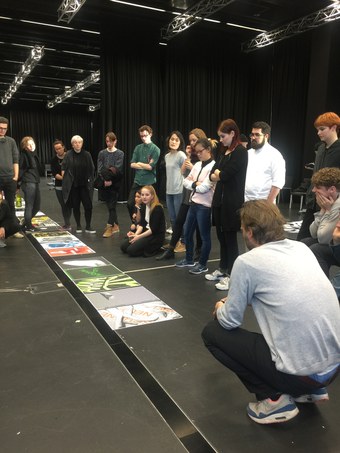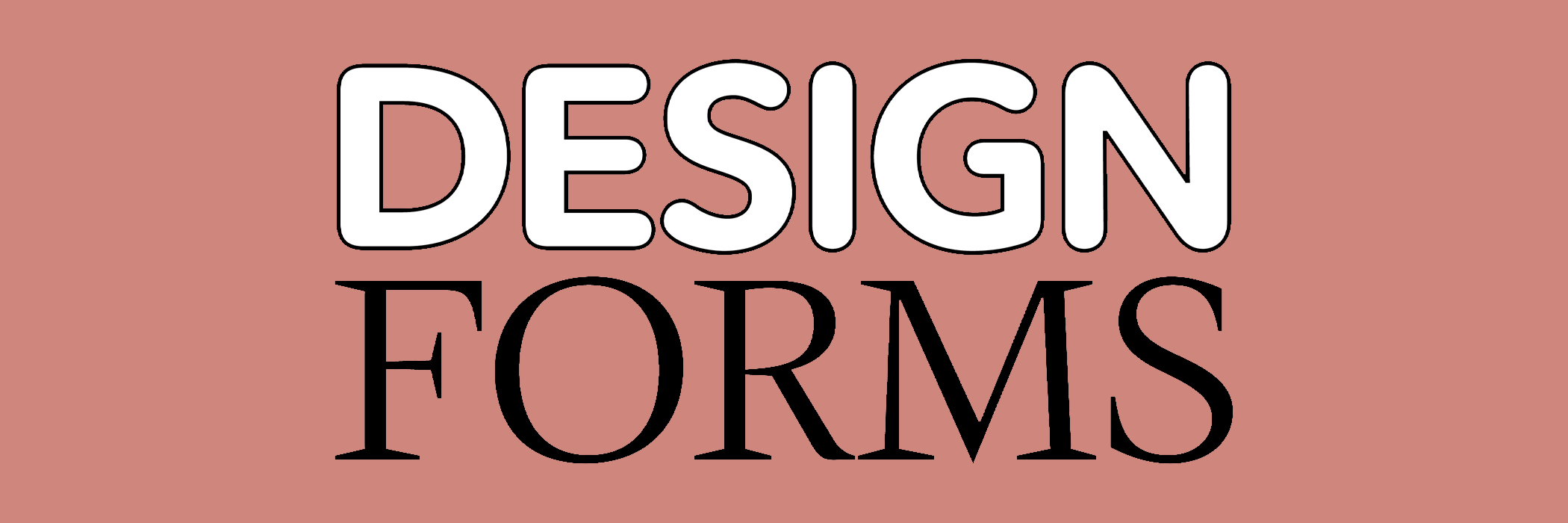Typography Basics · Combining Typefaces
The diversity of typefaces is the colorful side of typography. A wealth that can be discovered with pleasure and used convincingly through sound research.
Key data
- ECTS points
- 2 ECTS
- Next start
- January 2026
- Duration
- 1 week
- School days
- 5
- Teaching language
- German / English
- Place
- Basel
- Fee
- CHF 900.– (view fees)
- Studying type
- Full-time
Mobile navi goes here!
Combining fonts is undoubtedly a great typographic attraction. The term appeal is meant to be ambiguous. On the one hand, appeal suggests the charming, the charming; on the other hand, font mixtures can strain our eyes and possibly also our view – through the different, the unfamiliar or even the unusual.
Profound knowledge and an in-depth examination of type are considered necessary for harmonious typeface mixtures – a good sense of type is described as a prerequisite. But how do we acquire such a feeling for type? And what exactly is the appeal of font blends? The workshop offers practice-oriented typographic-analytical basic knowledge of typefaces and their possible applications.
Various font studies form the basis for your design of a monitor/beamer display or a booklet in manual thread stitching.




